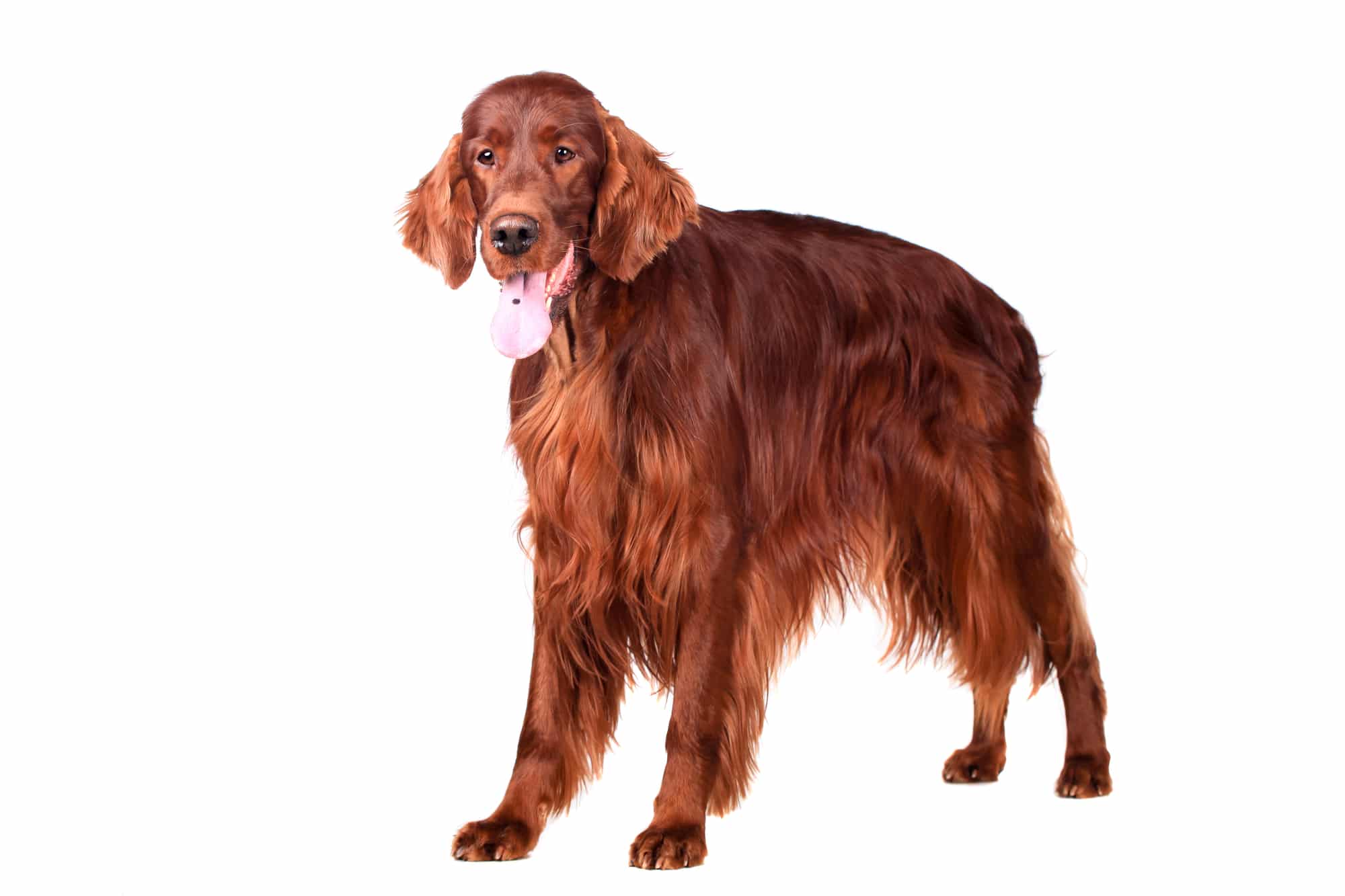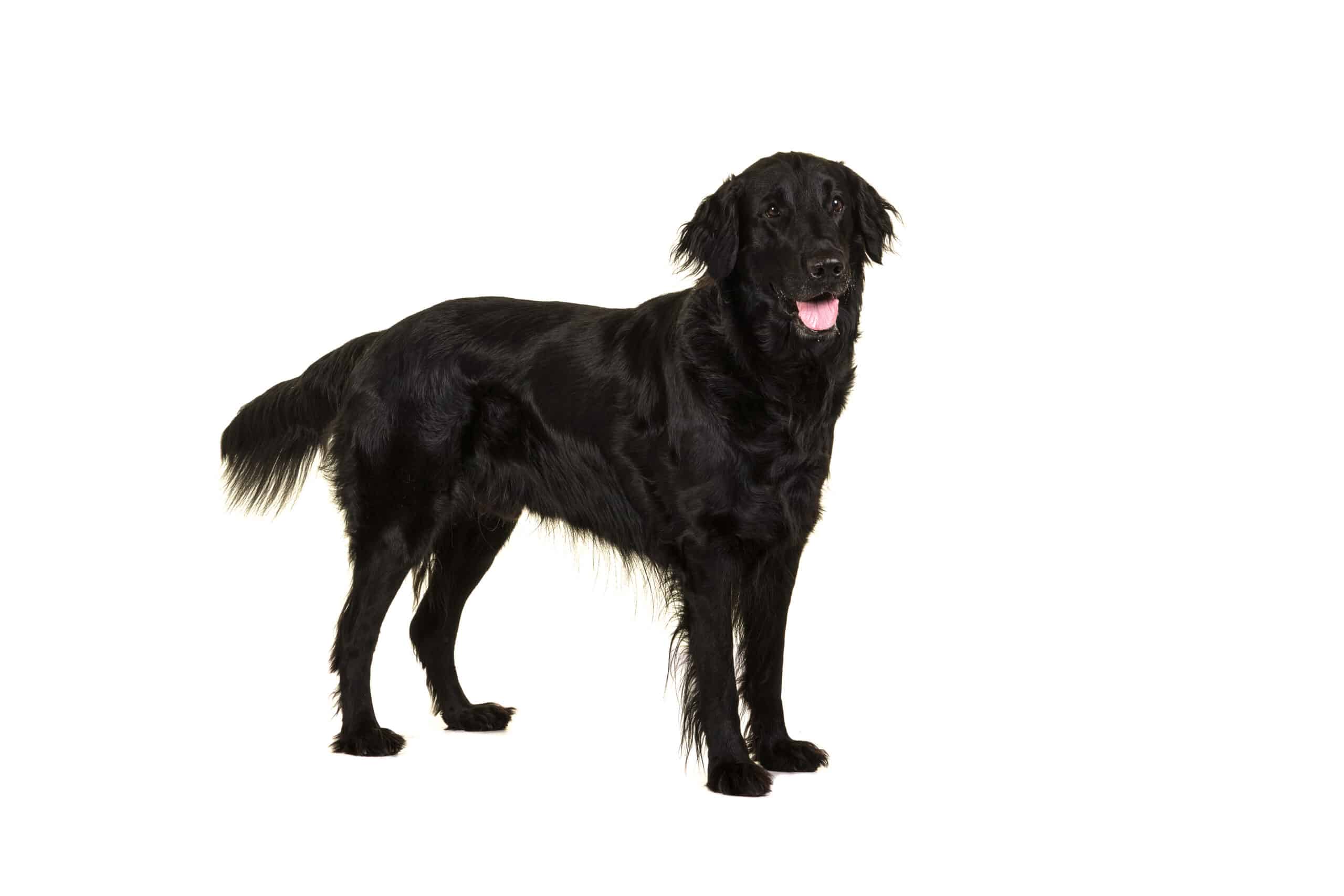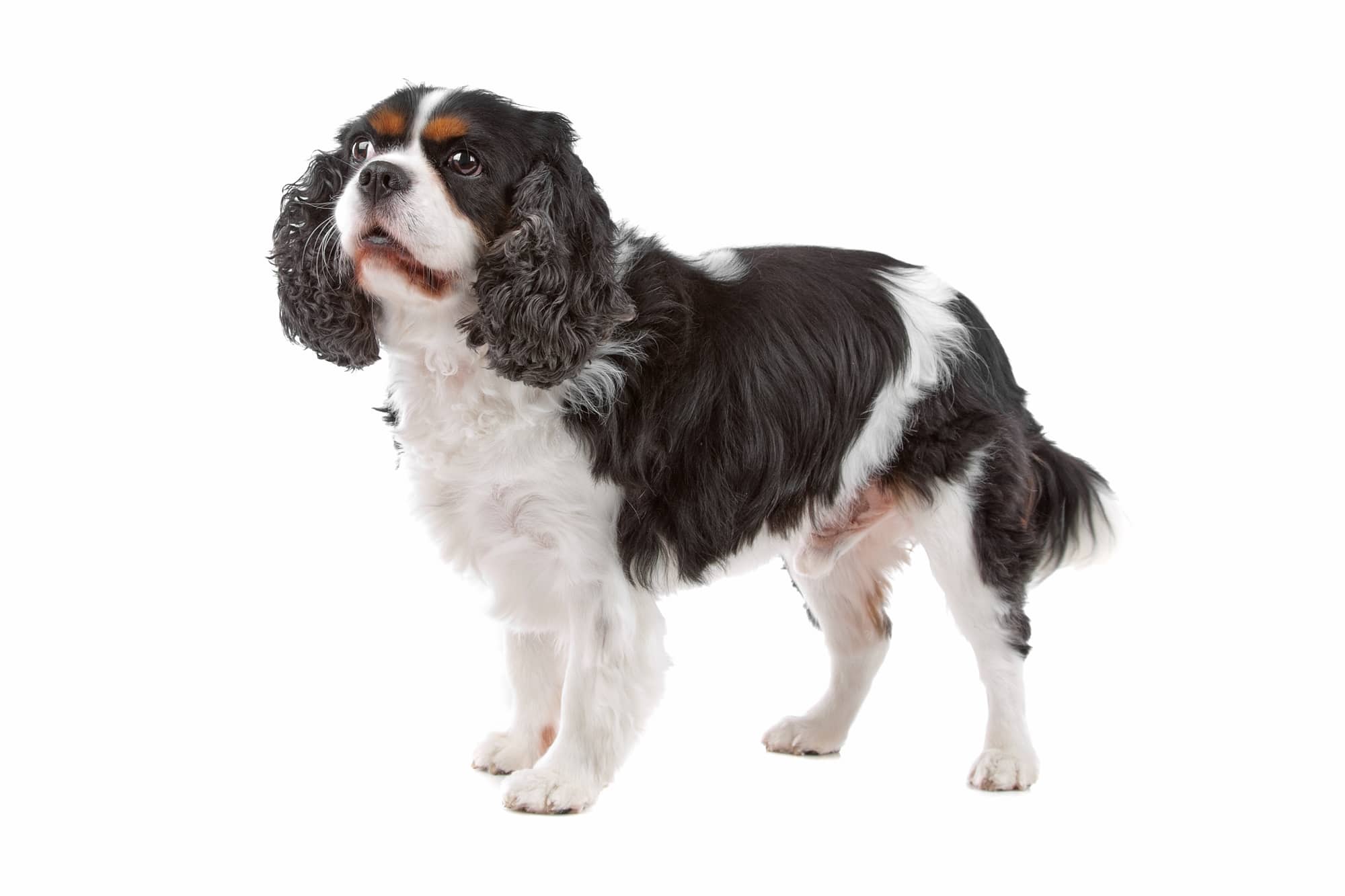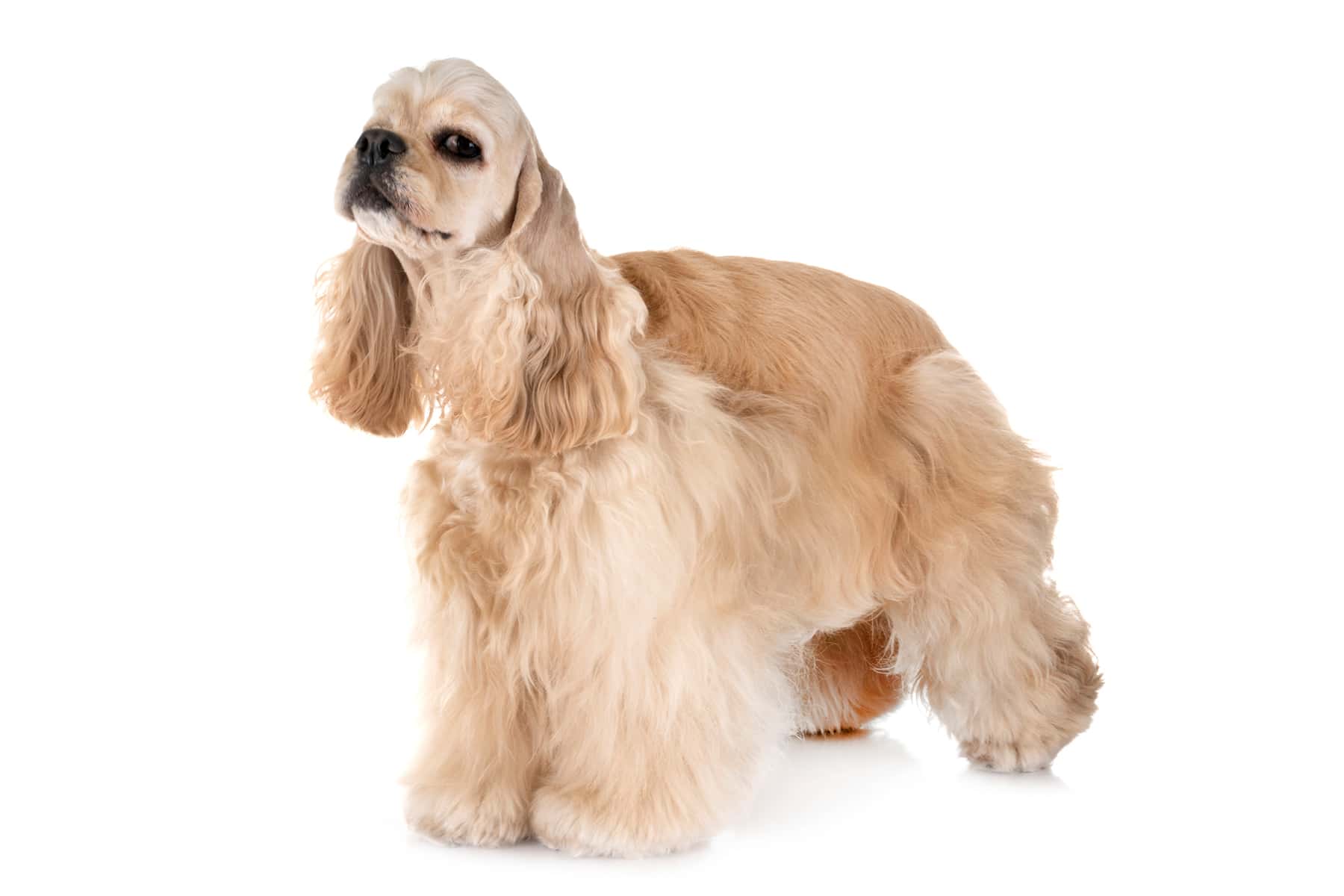American Akita
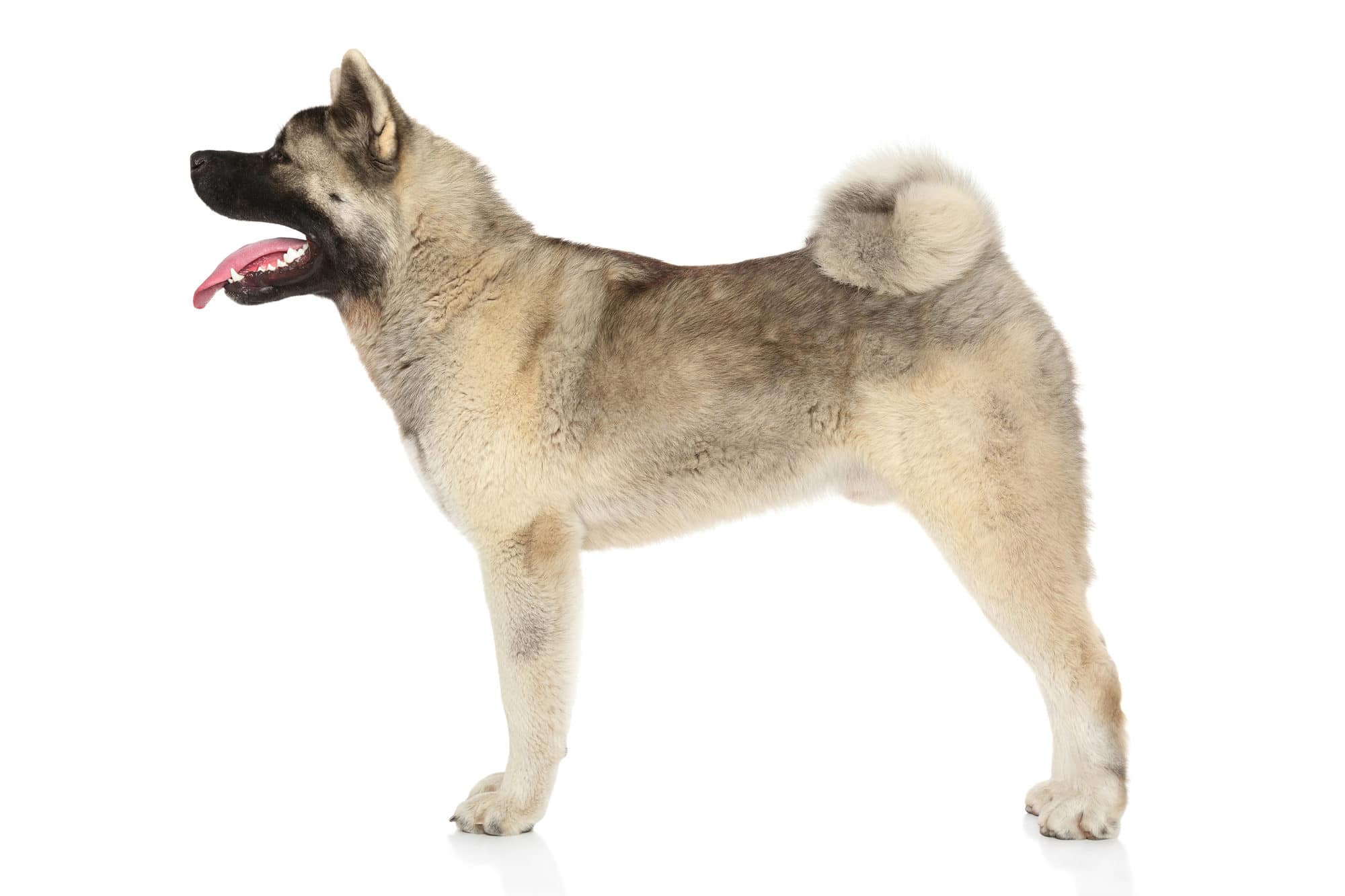
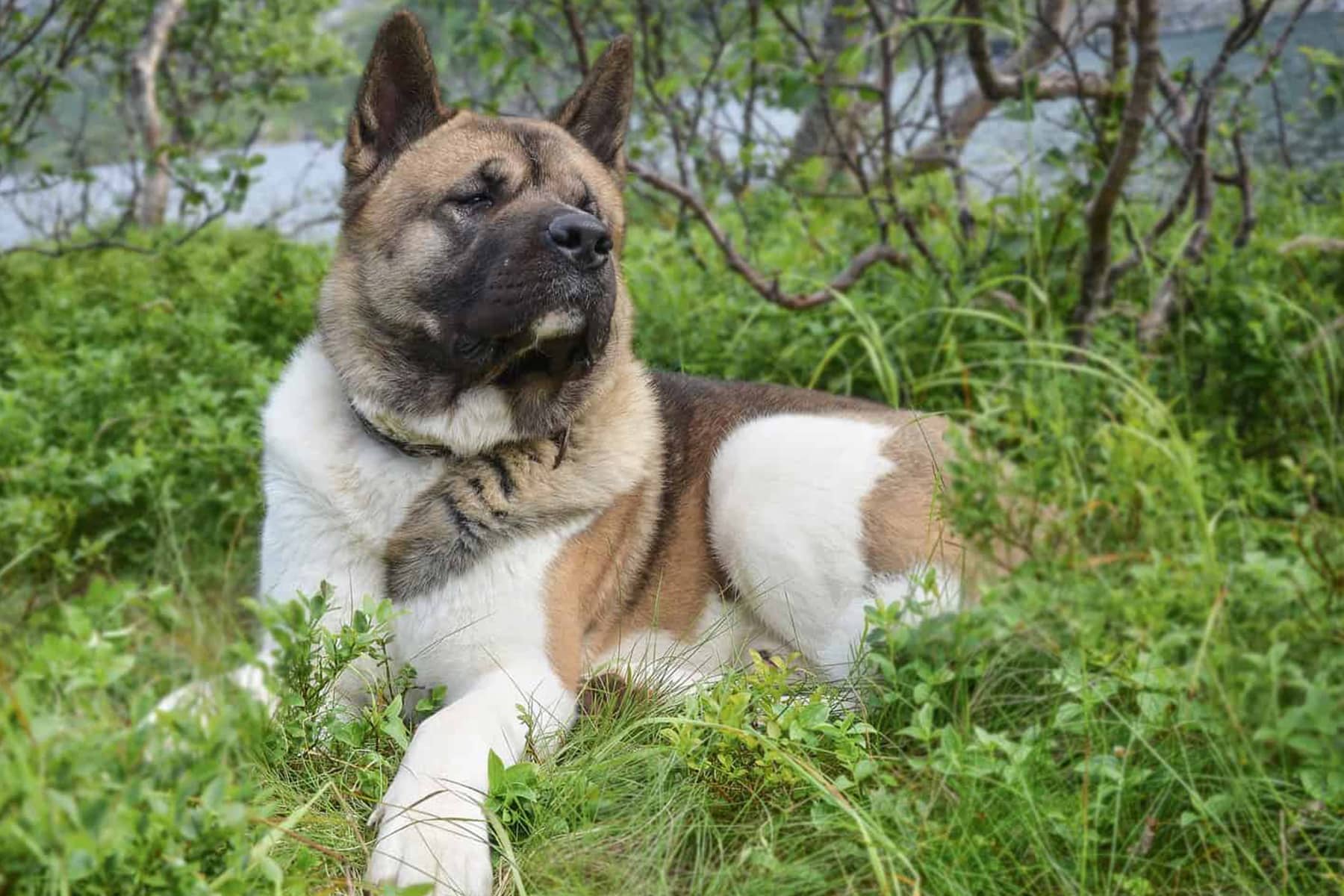
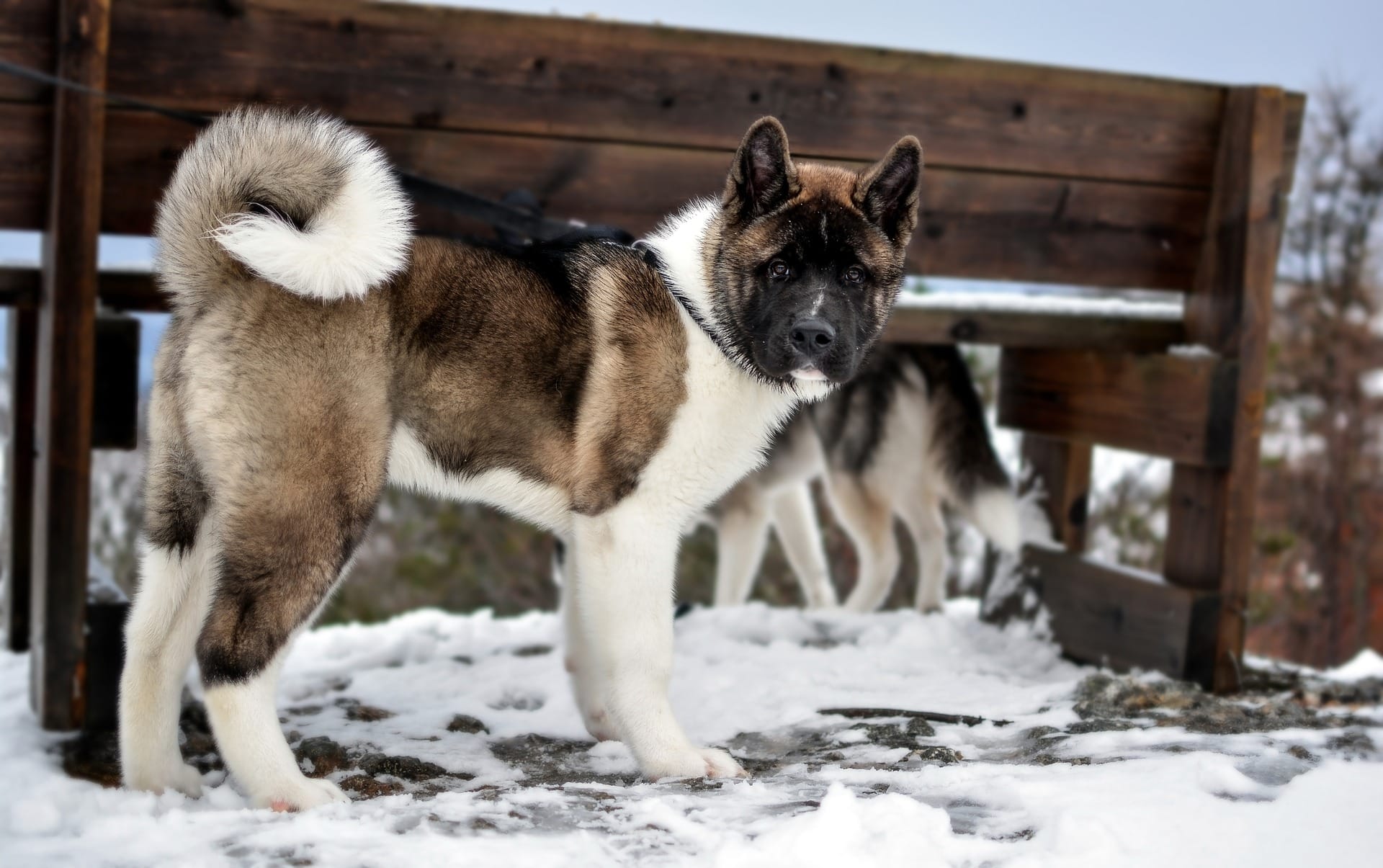
Temperament:
The American Akita is one of the most impressive dog breeds of all. Its strong build, curled tail and balanced coat pattern are particularly striking.
He is an independent, self-confident and people-oriented dog with a hunting instinct. He belongs in experienced hands and needs consistent and loving training.
Characteristics
The American Akita is a dog breed recognized by the largest canine umbrella organization, the Fédération Cynologique Internationale. The FCI has assigned the breed to Group 5, Spitz and primitive type dogs, Section 5, Asian Spitz and related breeds. The standard number is 344, without working test.
The physical appearance is balanced. It is large and strong, longer than tall. The bone structure is strong and heavy.
The distinctive head is broad and slightly triangular. The muzzle is set low. The dark brown eyes are not very large. The attentive, pointed ears are striking. They seem to be constantly listening.
The coat consists of stick hair. The strong growth indicates the close relationship with the Nordic dog breeds. The top coat is short. The undercoat is strong, soft and also short.
The typical tail is curled and carried over the back. The tail hair is bushy. It differs from the rest of the coat in its greater length and density. The hair is also significantly longer at the withers and on the croup.
All coat colors are permitted in the American Akita. There are also brindle and piebald varieties. According to the breed standard, the color pattern on the head and body is clearly defined.
Pied breeds have evenly distributed spots on a white background. They are distributed over the head and body. Some animals have a mask and blaze as well as undercoat and topcoat in different colors.
The American Akita is suitable for people who prefer a dog with an independent, strong and at the same time sensitive character. It is considered fearless and majestic. It is known for its calmness and composure even in difficult situations.
The hunting behavior instilled by the Japanese has been preserved in the breed to this day. This instinct can only be tamed through consistent training and a strong bond.
The dog's bond with its caregiver and its intelligence are remarkable. It is also friendly, docile, obedient and works with concentration. These characteristics are good prerequisites for successful training. They can also help with stubbornness.
An adult Akita often keeps its distance from its conspecifics. Males in particular, but also females, tend to display dominance behavior when they meet. This tendency often disappears with a lot of positive contact during puppyhood and adolescence.
In principle, the four-legged friend integrates well into the family. It also gets on well with children. As it has a strong protective instinct, its role in the pack must be clear.
Due to his pronounced hunting and territorial behavior, he is very alert and watchful. If necessary, he will make himself known by barking loudly.
The American Akita loves peace and quiet, but also a challenge. It wants to test its strength and needs sufficient exercise every day. The requirements for exercise and activity depend on the dog's age and urge to move.
A puppy or young dog needs short walks several times a day. An adult dog, on the other hand, needs at least three walks a day for one and a half to two hours. Sniffing and marking are naturally part of this.
Just like humans, dogs also need a safe place in the house. This serves as a place to retreat, rest and sleep. It should be a place where the dog has at least a partial view of its surroundings. It should be able to participate in family life.
Coat care:
Shedding:
Energy level:
Trainability:
Children suitable:
The right food
An optimal diet should be balanced and varied.
The daily amount and quality of food should be adapted to the dog's age and activity level.
Occasionally a dried beef goat, a beef ear or a chewy bone can be given as a treat. Such treats provide tasty variety. They also strengthen the chewing muscles and challenge the animal's teeth and dexterity.
Fresh water from a clean bowl is a matter of course.
After eating, he should rest and digest.
Health & Care
Proper grooming includes the coat, teeth, ears, paws and claws.
To prevent matting and parasite infestation, the coat must be brushed regularly. Several times a week is sufficient.
The coat change takes place twice a year. During this time, you can brush your dog daily. This will help him to get rid of excess hair more easily. He won't have to scratch as often and his skin will be protected. Wet cleaning is only necessary when really needed.
The Akita should also be checked regularly for parasite infestation. This is especially true if he scratches and shakes himself unusually often. Ticks, fleas, mites, but also allergies are among the causes. Clear signs are itching, sticky ears and eyes as well as injuries. An early visit to the vet will clarify the situation and prevent worse.
Regular ear cleaning prevents parasite infestation and possible hearing problems.
Brushing your teeth removes tartar. You prevent inflammation and decay.
Last but not least, regular vaccinations and ensuring the necessary vaccination protection are important. Worming and mite protection can be important.
An American Akita needs sufficient activity. Nose work, search games or mantrailing are suitable to balance out the hunting instinct. Dog sports such as obedience, agility, dog dancing, lunging and trick training are also suitable.
These activities keep the dog physically and mentally occupied. They also help them to learn obedience. A large garden with exercise area near the house or in a rural setting would be desirable.
As for all dogs, contact with other dogs of the same species is the best activity for the American Akita. This supports successful socialization and promotes well-being.
Suitable accessories
The suitable resting place for the American Akita is in a fixed location. Ideally in the human's living area. There it is quiet, dry and draught-free. The base consists of a comfortable and easy-care blanket. The basket contains a comfortable insert.
The space should be large enough for your four-legged friend to stretch out and turn around if necessary.
Your Akita needs bowls for eating and drinking. There are height-adjustable bowls for large dogs so that they can eat and drink more comfortably.
Your dog also needs a suitable harness. It should not restrict him or hurt him. For the necessary safety when traveling by car, he needs a transport box or a harness.
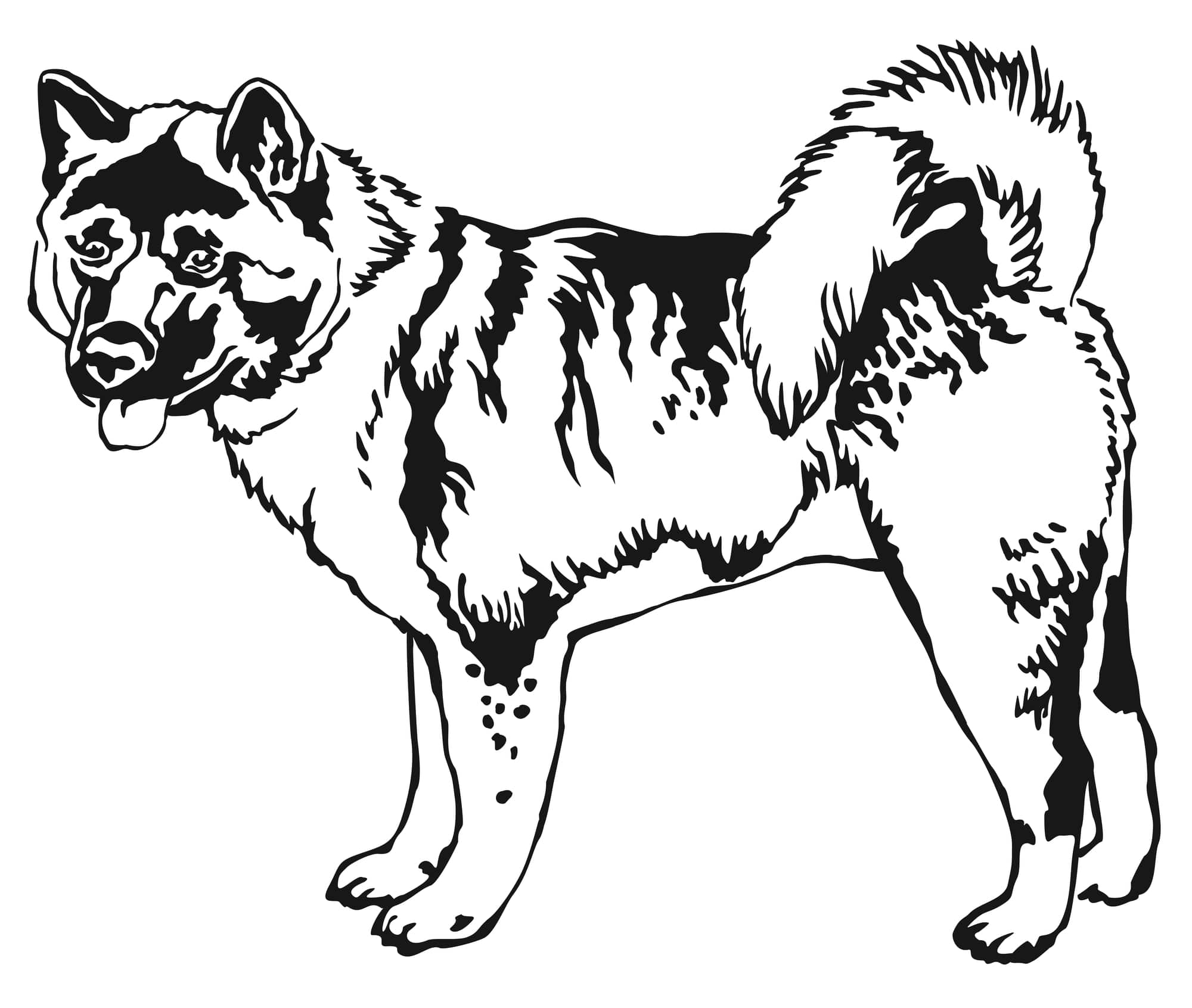
Origin & History
The Akita is a very old Japanese dog breed. Researchers have already discovered similar dog depictions on millennia-old stone drawings. The first "Akita Matagis" were bred in the Akita region in 1603.
This is a medium-sized dog breed. It was primarily used as a loyal companion for the samurai. In other countries, the animals were preferred for bear hunting and dog fights.
In 1956, the Americans began breeding their own breed. The American Akita or American Akita was born. Even today, Akitas still predominantly wear dark face masks. They have a strong build and a balanced nature.
The Japanese did not recognize these occurrences as a breed. They began to breed new breeds. The result was the Japanese Akita, also known as the Akita Inu.
The resulting specimens are white, red, toast or brindle-colored. They are smaller and less stocky. Their character is considered to be more balanced and aggressive than that of their American relatives.
